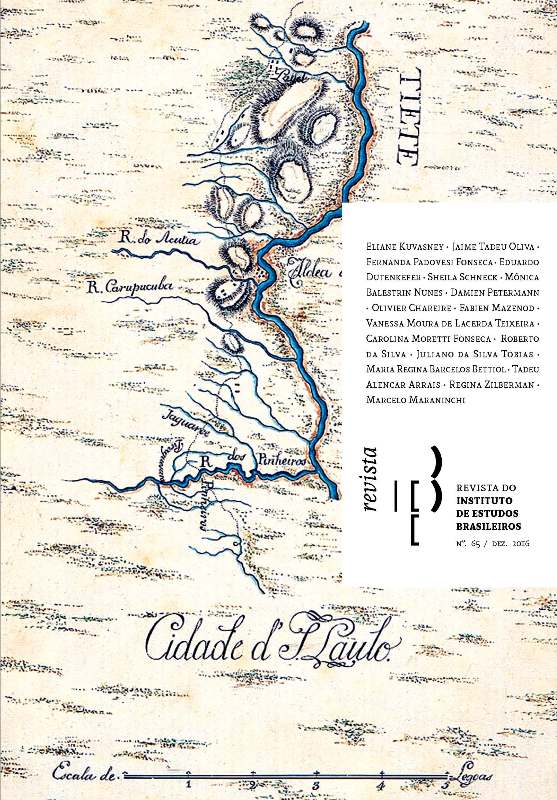“São Paulo model”: an anti-urbanity decompression in the genesis of the metropolis
DOI:
https://doi.org/10.11606/issn.2316-901X.v0i65p20-56Palabras clave:
Urban, urbanity, urban decompression, dispersing elements, social integration.Resumen
In aiming to describe São Paulo growth pattern in the period ranging from turning of 19th century to the first decades of twentieth century, this essay construes the process based on a given history of the city urbanity. The identification and description of what was denominated as urban dispersing (or decomposing) city elements stands out in this interpretation. These elements were components of a production process of a far-reaching urban space marked by low population densities, and an excessive homogenous use of its sectors. Thus, they can be designated as constitutive factors of a loose urbanity that defines this city until the current days, a fact that has serious repercussion son social integration possibilities that, in theory, urban areas must promote.Descargas
Los datos de descarga aún no están disponibles.
Descargas
Publicado
2016-12-31
Número
Sección
Dossiê Dinâmicas de urbanização e representações espaciais: abordagem geo-histórica dos territórios com SIG
Licencia
- Todo o conteúdo do periódico, exceto onde está identificado, está licenciado sob uma Licença Creative Commons do tipo atribuição CC-BY.
Cómo citar
Oliva, J. T., & Fonseca, F. P. (2016). “São Paulo model”: an anti-urbanity decompression in the genesis of the metropolis. Revista Do Instituto De Estudos Brasileiros, 65, 20-56. https://doi.org/10.11606/issn.2316-901X.v0i65p20-56



